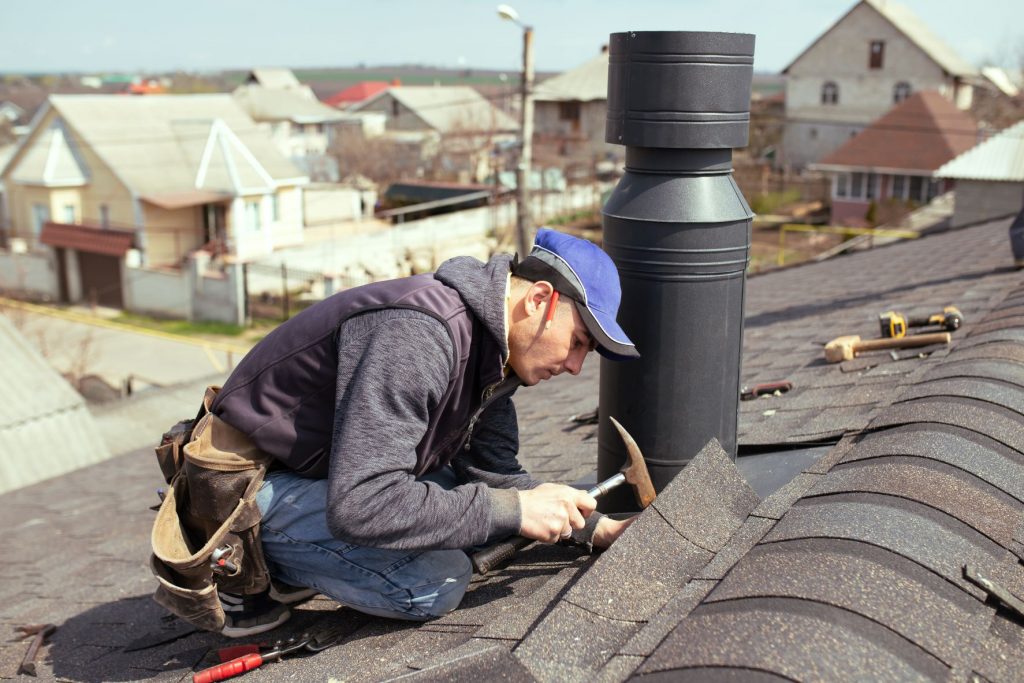Synthetic composite shingles
Synthetic composite roofing shingles are made from recycled rubber and plastic. They are an excellent choice for homeowners who want a beautiful, low-maintenance roof. These roof tiles are extremely durable and can withstand heavy snowfall and ice. They are great for busy homeowners because they don’t require frequent maintenance or costly repairs.
Another benefit of these shingles is that they do not attract pests like traditional asphalt shingles. This prevents critters from destroying your roof’s electrical wiring and dropping pinecones and nuts down your gutters. Composite shingles offer a longer warranty, lasting between 30 and 50 year.
Metal shingles are another option. These shingles can be made of stamped metal, and then finished with a baked on coating or mineral granules. They are lightweight and can be installed over existing roofs. They are also highly energy-efficient. Many of them are Energy Star-qualified. These shingles are also completely recyclable.
Wooden shingles
Wood shingles are a great choice for homeowners who want a more natural look to their home. They are made mostly of cedar, redwood, and southern pine. Although they are more expensive than asphalt shingles these shingles can last up to 50 year depending on the climate. Wood shingles can be chemically treated to increase their lifespan. Untreated wood, especially if it is damp, may need to be replaced more frequently. Cedar wood shingles are extremely durable and insect-resistant. These materials require regular maintenance such as cleaning gutters and removing debris.
Wood shingles come in many thicknesses. Some are lighter and more durable than others. They are also available in different sizes. For example, you can buy fancy-butt shingles, which are made of a thicker wood material than wood shingles.

Clay tiles
Clay tiles are a very popular roofing material. They come in many colors. The most common color is Terra-cotta, but you can find them in white, orange, yellow, and brown, too. Spanish tile roofs are a popular choice for those who prefer a more traditional look. They are durable and can last for many years.
Another great thing about clay roofing is its longevity. Clay roofing lasts 50 years on average, which is longer than other roofing materials. Manufacturers can extend the life expectancy of tiles by using concrete tie technology. The good news about tiles is that most manufacturers offer warranties. You won’t have any worries about your tiles catching fire or rotting. Clay repels insects.
Clay roofs can be expensive to install. Clay roofs cost on average $700 to $1200 per 100 feet. High-end clay tiles can cost as much as $3,000 and up. The roof maintenance costs are not included.
EPDM rubber
EPDM rubber is a great choice for roofing material. EPDM roofing has many benefits, including its resistance to weathering and sedimentary troubles. It is also easy to repair when damaged. EPDM is more costly than other roofing materials, but it is well worth the extra cost in the long term.
EPDM rubber has a high degree of flexibility and can withstand extreme temperatures for decades. It is fire retardant and impact-resistant. It is a cost-effective option for residential roofing projects because the average installed cost per square foot is around $4.50. Additionally, EPDM is recyclable, making it an eco-friendly option.
EPDM roofing is easy to install. It can fail if it is not installed correctly or if it is placed on top of other materials. It is also very unattractive. It is made from rubber so it won’t appeal all tastes.